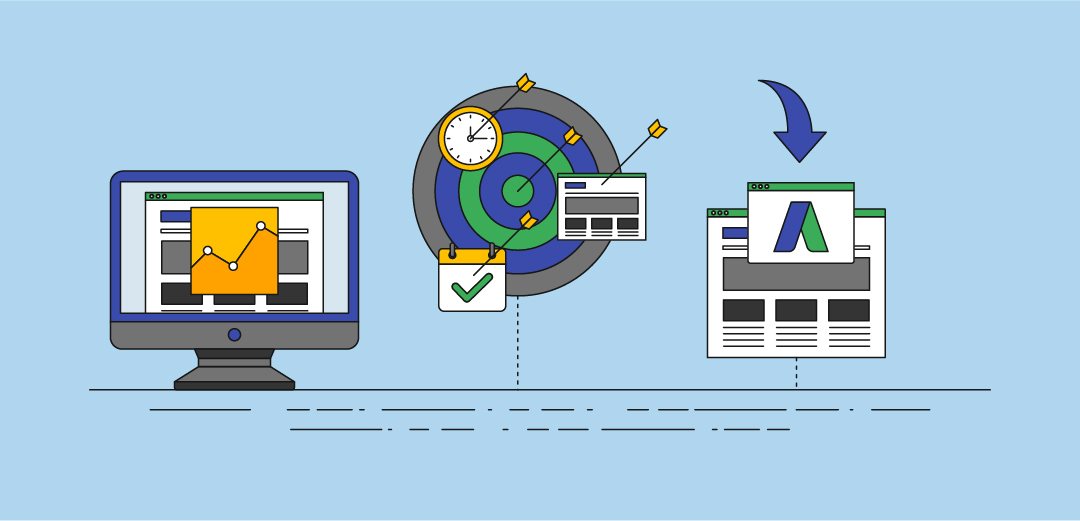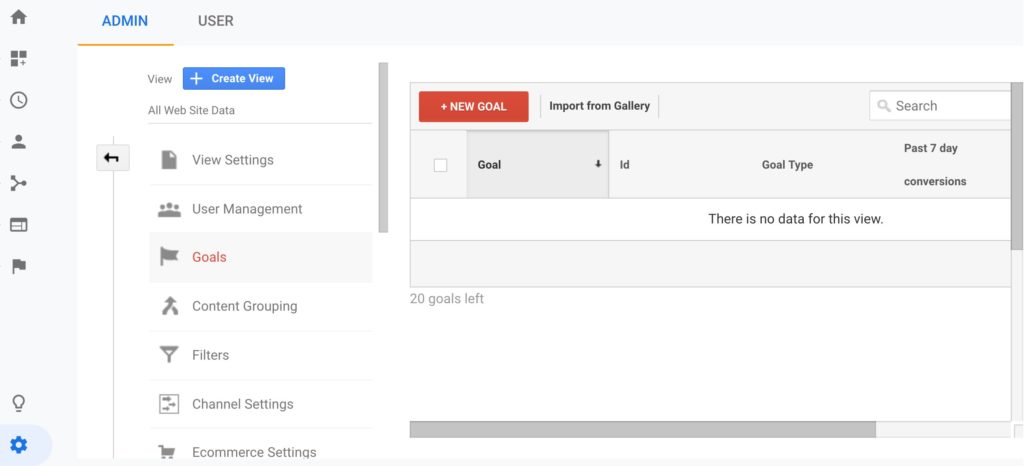Trick Insights on What Data Is Google Analytics Goals Unable to Track
Trick Insights on What Data Is Google Analytics Goals Unable to Track
Blog Article
Discover the Limitations of Google Analytics Goals: Introducing the Data Kind That Remain Untrackable
As services significantly rely on data-driven decision-making, recognizing the limitations of devices like Google Analytics becomes paramount. While Google Analytics Goals deal valuable insights into customer interactions, there exist data types that thwart monitoring, positioning difficulties to a thorough understanding of user habits.
Insufficient Customer Journey Tracking
Incomplete customer journey tracking within Google Analytics can hinder the ability to accurately evaluate individual behavior. When the user trip is not completely tracked, there are spaces in the data that prevent an extensive understanding of how customers communicate with a website. This lack of insight can lead to missed opportunities for optimization and enhancements to the user experience.
One common issue with insufficient individual journey tracking is the inability to see the complete path that customers take in the past completing a goal or leaving the site. Without this info, it is testing to determine where individuals may be encountering obstacles or rubbing points that prevent them from transforming. Additionally, insufficient monitoring can obscure the influence of certain advertising and marketing initiatives or site changes on customer actions.
To address this limitation, it is vital to establish up appropriate tracking systems within Google Analytics to capture the whole user trip. This may entail setting up event tracking, goal funnels, or using tools like Google Tag Supervisor to ensure that no vital communications go unrecorded. By acquiring a detailed sight of the individual trip, web site proprietors can make more enlightened decisions to enhance customer interaction and drive conversions.
Attribution Difficulties
Navigating via acknowledgment challenges in Google Analytics requires a complete understanding of exactly how different touchpoints contribute to the general conversion process. Acknowledgment challenges develop from the complexity of modern-day consumer trips, where users communicate with multiple channels before transforming. Google Analytics offers different acknowledgment versions like first touch, last touch, and direct, each supplying a various perspective on just how credit history is appointed to touchpoints along the conversion course. These models might not constantly precisely mirror the real influence of each touchpoint on the conversion.
One usual acknowledgment obstacle is the trouble in connecting conversions to the proper source, specifically in situations where individuals communicate with multiple channels prior to transforming. This can lead to inaccuracies in establishing which advertising and marketing initiatives are driving one of the most conversions. In addition, cross-device tracking poses an additional acknowledgment difficulty, as individuals typically change between devices throughout their journey, making it challenging to track their communications effortlessly. Marketing experts must meticulously assess and translate attribution information to make educated decisions and maximize their advertising strategies effectively.
Offline Conversions
Offered the challenges connected with attributing conversions precisely in online networks, the measurement of offline conversions provides a considerable chance for marketers looking for a more detailed understanding of their customers' trip. Offline conversions refer to activities that consumers take in the real world, such as making acquisitions in brick-and-mortar stores or over the phone, attending occasions, or engaging with printed products - what data is google analytics goals unable to track. These conversions are critical for companies that run both online and offline, as they provide important insights right into the performance of marketing projects across numerous touchpoints
Tracking offline conversions commonly postured a significant challenge for marketing experts, as it was challenging to attach these actions back to particular on the internet interactions properly. With innovations in modern technology, such as the combination of CRM systems, one-of-a-kind identifiers, and promo code codes, organizations can now bridge the gap between online and offline information to acquire a much more alternative view of customer habits. By properly gauging offline conversions, marketers can maximize their approaches, allot sources a lot more successfully, and inevitably improve the overall customer experience.
Cross-Device Tracking
Cross-device tracking plays a critical role in recognizing the interconnected nature of customers' electronic communications across several gadgets. In today's omnichannel world, where customers seamlessly switch over between smart devices, tablets, and desktops, tracking their behavior throughout these tools is important for marketing professionals to acquire a detailed sight of their customer journey.

Additionally, personal privacy concerns and regulations such as GDPR and CCPA have better complicated cross-device monitoring. With individuals demanding even more control over their information and enhanced constraints More about the author on tracking technologies, marketing professionals need to locate privacy-compliant and ingenious methods to link user communications across gadgets.
Dynamic Content Involvement
Comprehending individual engagement with vibrant material is essential in optimizing digital advertising approaches for improved audience communication. Dynamic material describes internet site components that change based on individual behavior, preferences, or various other variables, supplying a personalized experience. Tracking customer communications with dynamic web content poses difficulties for conventional analytics tools like Google Analytics.
While Google Analytics can track basic communications like clicks and web page sights, it might have a hard time to record more nuanced involvements within dynamic content. what data is google analytics goals unable to track. Metrics such as time invested in certain dynamic elements, float activities, or interactions within pop-ups are frequently not quickly measurable using standard monitoring techniques. This restriction hinders marketing experts' capability to fully comprehend exactly how customers are engaging with vibrant content and tailor their methods appropriately

Verdict
Finally, Google Analytics objectives have limitations in tracking insufficient user journeys, associating conversions properly, recording offline conversions, tracking cross-device communications, and measuring vibrant web content involvement. These restraints highlight the importance of checking out extra tracking techniques and tools to acquire a more extensive understanding of individual habits and conversions past what Google Analytics can give.
While Google Analytics Goals offer useful insights right into customer communications, there exist information kinds that thwart tracking, positioning difficulties to a thorough understanding of customer habits.Insufficient customer trip tracking within Google Analytics can basics prevent the capacity to accurately examine customer behavior. When the individual trip is not fully tracked, there are gaps in the data that prevent an extensive understanding of exactly how users connect with a website.One common issue with incomplete individual journey tracking is the inability browse around these guys to see the complete course that individuals take previously completing a goal or leaving the website. By acquiring a detailed view of the user trip, site owners can make more enlightened decisions to enhance customer involvement and drive conversions.
Report this page